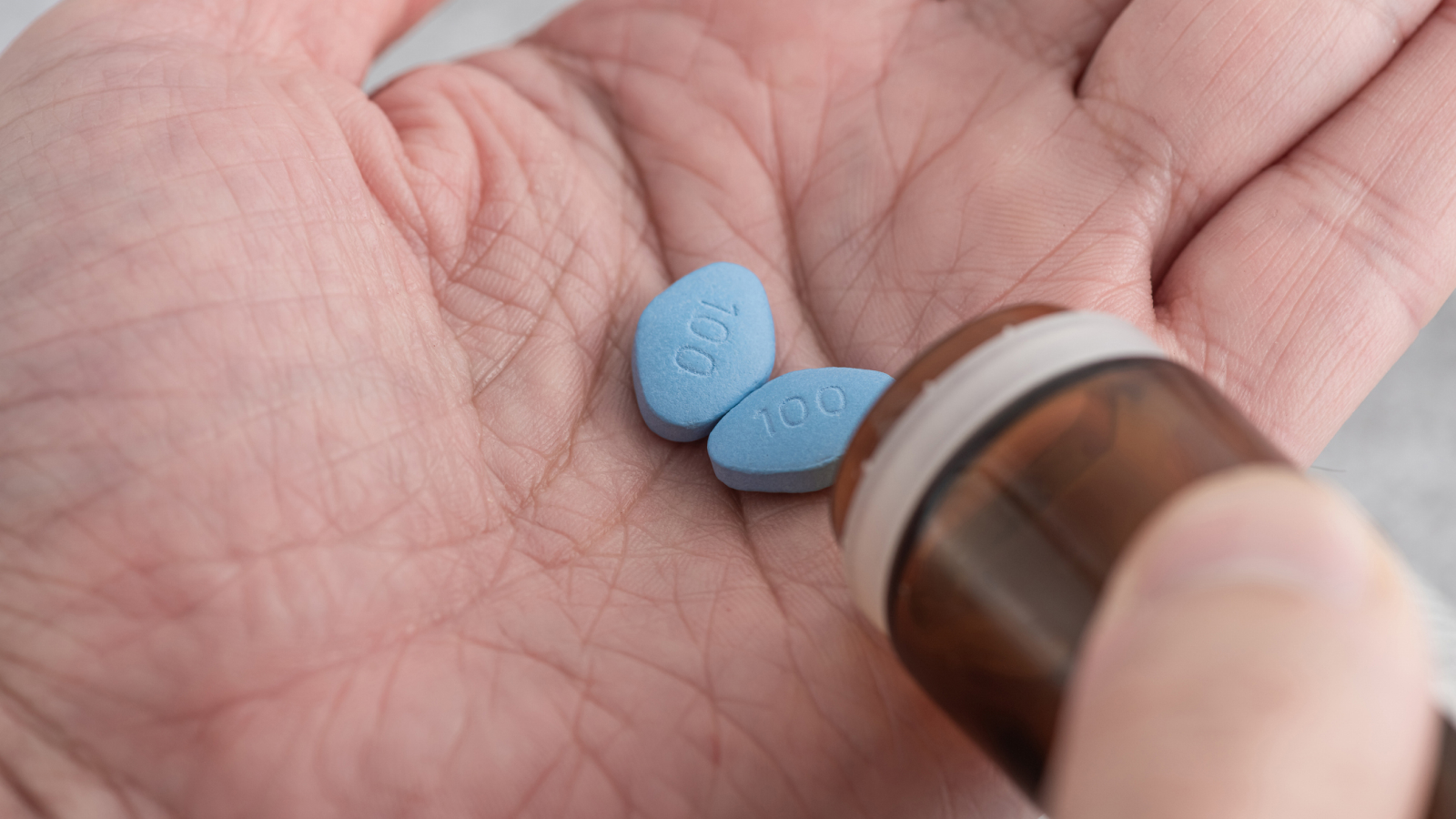
By studying male mice's erections, scientists discovered that two types of cells in the penis are essential for triggering and maintaining a boner.
Although the cells are also abundant in the human penis, their crucial role in erections was previously unknown, according to a new study published Thursday (Feb. 8) in the journal Science.
"Because the mechanisms of penile erection are similar in mice and humans, these findings may be relevant to erectile dysfunction in aged men," Ji-Kan Ryu of the Inha University School of Medicine and Gou Young Koh of the Institute for Basic Science in South Korea, wrote in a commentary of the new study.
The findings may point to new ways of treating erectile dysfunction in humans, the study authors wrote in their paper. Standard drugs like Viagra don't work for up to 30% of patients and they can't be used by those who take certain medications or have specific medical conditions.
Related: Move over, Viagra — this spider's boner-inducing venom could treat people let down by the blue pill
Viagra and similar erectile-dysfunction drugs work by blocking an enzyme and making tissues of the penis more sensitive to nitric oxide. The release of nitric oxide is a crucial, early step for triggering an erection. The signaling molecule kicks off a chemical chain reaction that causes smooth muscles in the penis to relax. This then allows a sponge-like tissue — the corpora cavernosa — to fill with blood.
Viagra helps those smooth muscles stay relaxed, keeping the erection aloft.
While nitric oxide is a key player in this process, it's not the only one. In their new study, the researchers were interested in studying fibroblasts, cells that make connective tissue and that are the most abundant type of cell in the human corpora cavernosa. The team wanted to understand whether these cells help control blood flow to the penis.
In mice, the team identified two large groups of fibroblasts adjacent to blood vessels in the corpora cavernosa. Through experiments with genetically modified mice, the researchers messed with the activity of these fibroblasts, to see how blood flow to the penis changed. These tests revealed that the cells help trigger erections by sucking up a hormone that keeps the penis flaccid: norepinephrine. By stashing the norepinephrine away, the cells help the relevant blood vessels dilate.
The researchers found that the cells' ability to perform this function varied depending on how concentrated they were in the penile tissue. The more fibroblasts present, the more robust the results. And notably, compared with young mice, old mice had fewer fibroblasts — this hints that aging may contribute to erectile dysfunction by reducing these cells' numbers over time, the authors theorized.
The team also figured out that there's a molecular switch within the fibroblasts that can boost their numbers, if switched off, or decrease their numbers, if switched on. This switch is known as the "Notch signaling pathway." By completely switching off the pathway and dramatically increasing the number of fibroblasts, the researchers found that they could trigger "atypical long-lasting erections" in the mice, characteristic of a painful condition called ischemic priapism.
Taken together, the findings suggest that flipping these switches in fibroblasts "might open new therapeutic alternatives for treatment of erectile dysfunction," the study authors wrote.
Besides altering Notch signaling, another approach could be to boost the amount of norepinephrine that the fibroblasts absorb, the commentary authors added. That said, any of these new approaches would need to be thoroughly tested to make sure they didn't have unwanted effects in nearby tissues, they added.
"These new approaches will require rigorous preclinical and clinical testing to translate observations made in transgenic mice into therapies that are safe and effective in men," Ryu and Koh concluded.
This article is for informational purposes only and is not meant to offer medical advice.
Ever wonder why some people build muscle more easily than others or why freckles come out in the sun? Send us your questions about how the human body works to community@livescience.com with the subject line "Health Desk Q," and you may see your question answered on the website!







